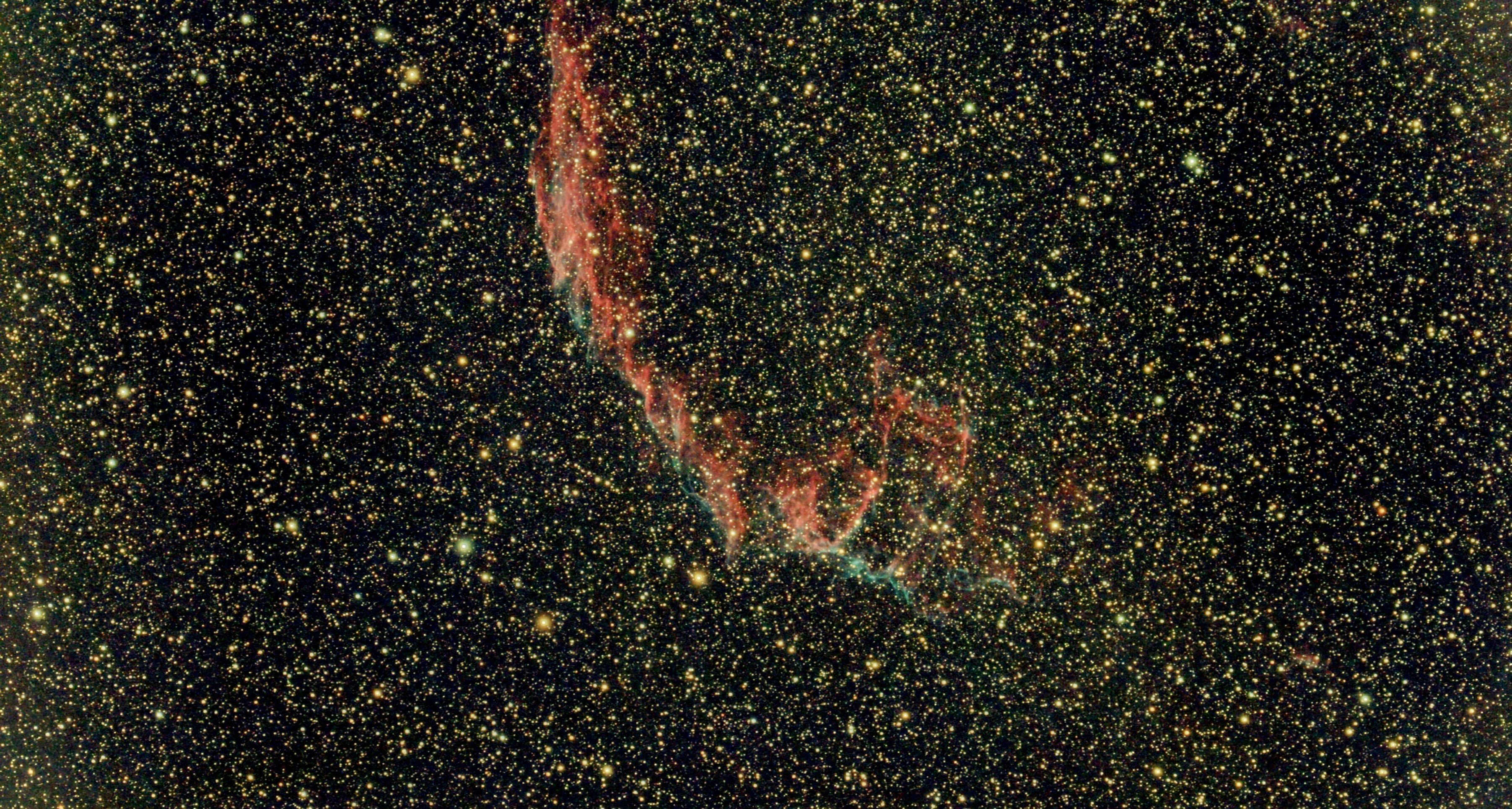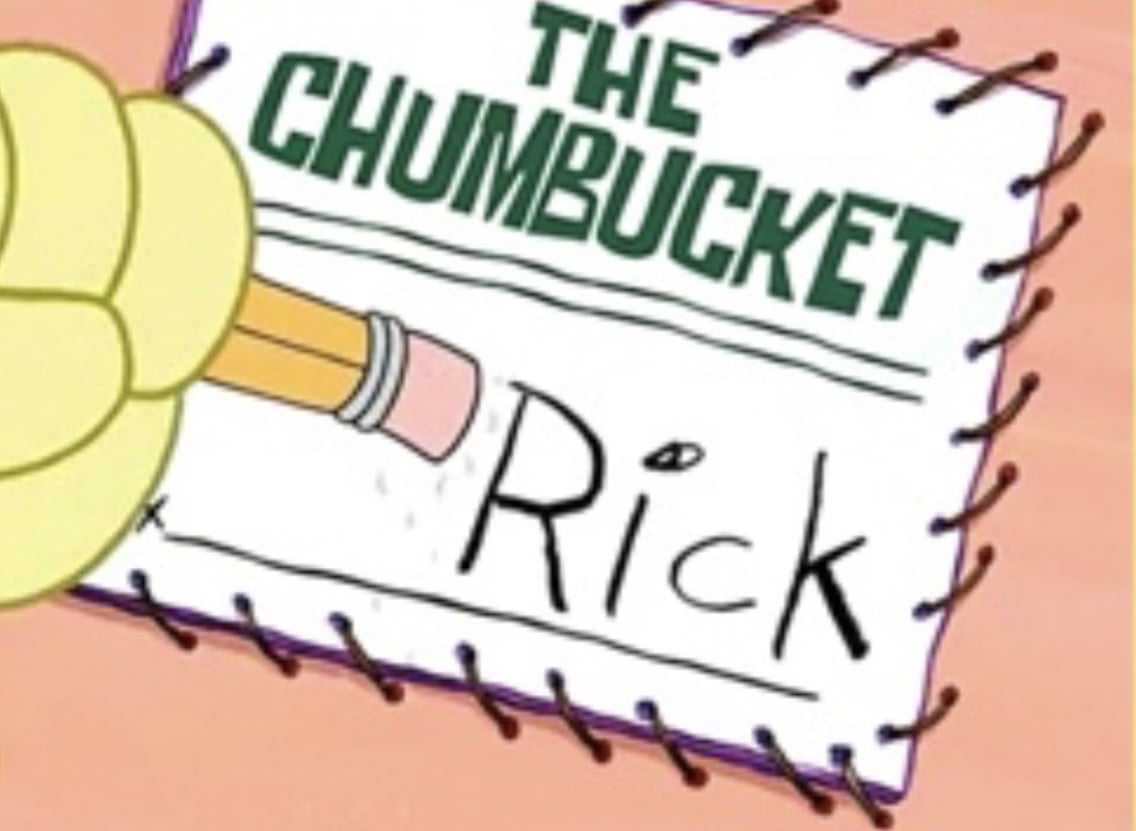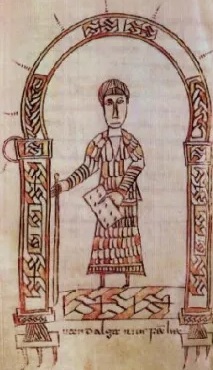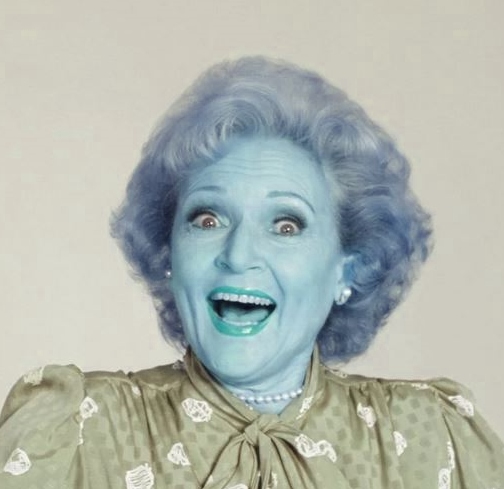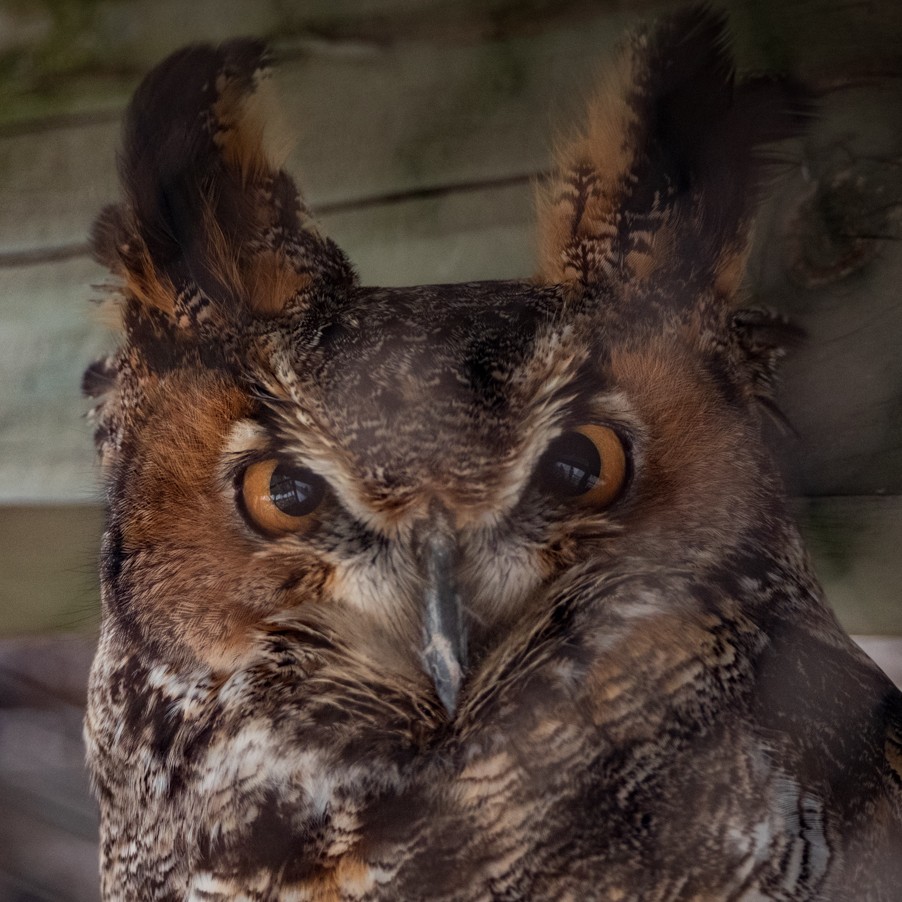- cross-posted to:
- technology@lemmy.world
- cross-posted to:
- technology@lemmy.world
The new rules went into effect in 2007.
However, some conservative and Republican lawmakers denounced them for interfering with consumer choice and placing undue burdens on businesses. Under former President Donald Trump, the Energy Department scrapped them in 2019.
Conservative in your bed room to inspect your genitals, but your light bulb are out of reach.
Undue burden, fucking lol. How dare the government force businesses to save money and maintenance time!
they aren’t “Conservative”, they’re just cowardly bullies and ignorant fucking trolls… they don’t deserve any fancy names…
you have to actually understand governance and be good at it to consider yourself Conservative… these people are morons and ignorant fascists, who destroy everything and steal whatever isn’t nailed down…
Funny to see that this was pushed under the Bush administration.
While opposed by many conservatives, the Bill was signed into law by conservative ( GW Bush). Go figure . Also Intresting to me is the members of the Senate that didn’t vote on the bill: Biden, Clinton, Dodd, Hagel, McCain, Obama .
This is about Department of Energy rulemaking, a regulation, not a statute.
I am going to assume that you are not American, so you are ignorant about how our laws work. The DOE is enforcing parts of the Energy Policy and Conservation Act that were amended by the Energy Independence and Security Act of 2007, which I mentioned in my previous reply.
You can read the bill here: https://www.congress.gov/bill/110th-congress/house-bill/6/text . Including this:
Amends EPCA to prescribe energy efficiency standards for general service incandescent lamps, rough service lamps, and other designated lamps.
So yes, the DOE is making rules but it can’t makes rules in a vacuum. It is directed to do so by the bills signed into law by the President of the United States (or in some cases just by Congress if a veto is overridden). In 2019, the Trump administration’s DOE blocked the rule that was going to be implemented. In 2023 the Biden administration’s DOE enforced the rule. None of this could happen without congress.
I’m an American attorney and focus on administrative law.
With a lot of notable exceptions
Surprisingly, there is a whole slew of exempt special-purpose bulbs that will continue to be manufactured, according to the Energy Department. Here’s what manufacturers can still build and stores can continue selling:
Appliance lamps, including fridge and oven lights
Black lights
Bug lamps
Colored lamps
Infrared lamps
Left-handed thread lamps
Plant lights
Floodlights
Reflector lamps
Showcase lamps
Traffic signals
Some other specialty lights, including marine lamps and some odd-sized bulbsWeird, even in my small town all of the traffic signals are LED and have been for a while.
They got a bad rap up here in the North where we get snow. Blowing snow would often coat the lenses of traffic signals. Incandescents generated enough heat to just melt the snow, but LED replacement lamps would not and people could no longer see some of the signals. They now have thermostat-controlled heaters to solve the problem, but it made many cities gunshy.
Technology Connections has a whole video on the danger of, “but sometimes” pertaining to those lights. It’s a great watch if you’re interested
+1 for that channel.
I also live somewhere with a lot of snow and cold winters and yeah, the first ones that went in had issues with snow but now they all have heaters built in. That’s why I really don’t see the point of incandescent street lights now days.
People that write specs for government are quite conservative (not politically, necessarily, but more slow to change). That and the early issues with them is plenty to keep some cities specifying incandescent bulbs.
The only time I’ve seen that happen is when they used the full-circle hoods. Almost every one I’ve seen has a cutout at the bottom to prevent snow from accumulating.
They probably have heaters too though. I am not a traffic signal engineer.
Snow gets sticky. It will stick. It has been a problem, but easily fixed with heaters.
deleted by creator
deleted by creator
Judging by the exemption list, the ban is basically just for regular household lightbulbs. Headlights are halogens, not incandescent, and the rest are speciality bulbs - though if it’s legal, swapping all of those to LEDs is a pretty good upgrade.
deleted by creator
Stock up for what? Even if they were banned, there would be LED replacements available, I’m sure. Usually parts like that have enough compatibility between models to make it worth a production run.
deleted by creator
deleted by creator
Headlight and taillights would have to be exempt.
I still don’t see why they didn’t just put heavy taxes on them instead of an outright ban. Outright bans just get people to go around the ban.
If you actually read past the headline, you’ll see they aren’t outright banned.
Unreal, I can’t even remember the last time I saw an incandescent bulb…
Better late than never I guess!
deleted by creator
Looks in the refrigerator. Look an incandescent bulb! Oven? Incandescent! Flashlight? Incandescent! Bathroom? Incandescent (halogen). Old lamp new bulb? High efficiency incandescent! Oh and then there are all of the exemptions to the higher (not high) efficiency standards like the one for bulbs with a left handed thread.
Incandescent lights were never banned, the efficiency standards were raised for a set of commonly used household lights and that was it.



